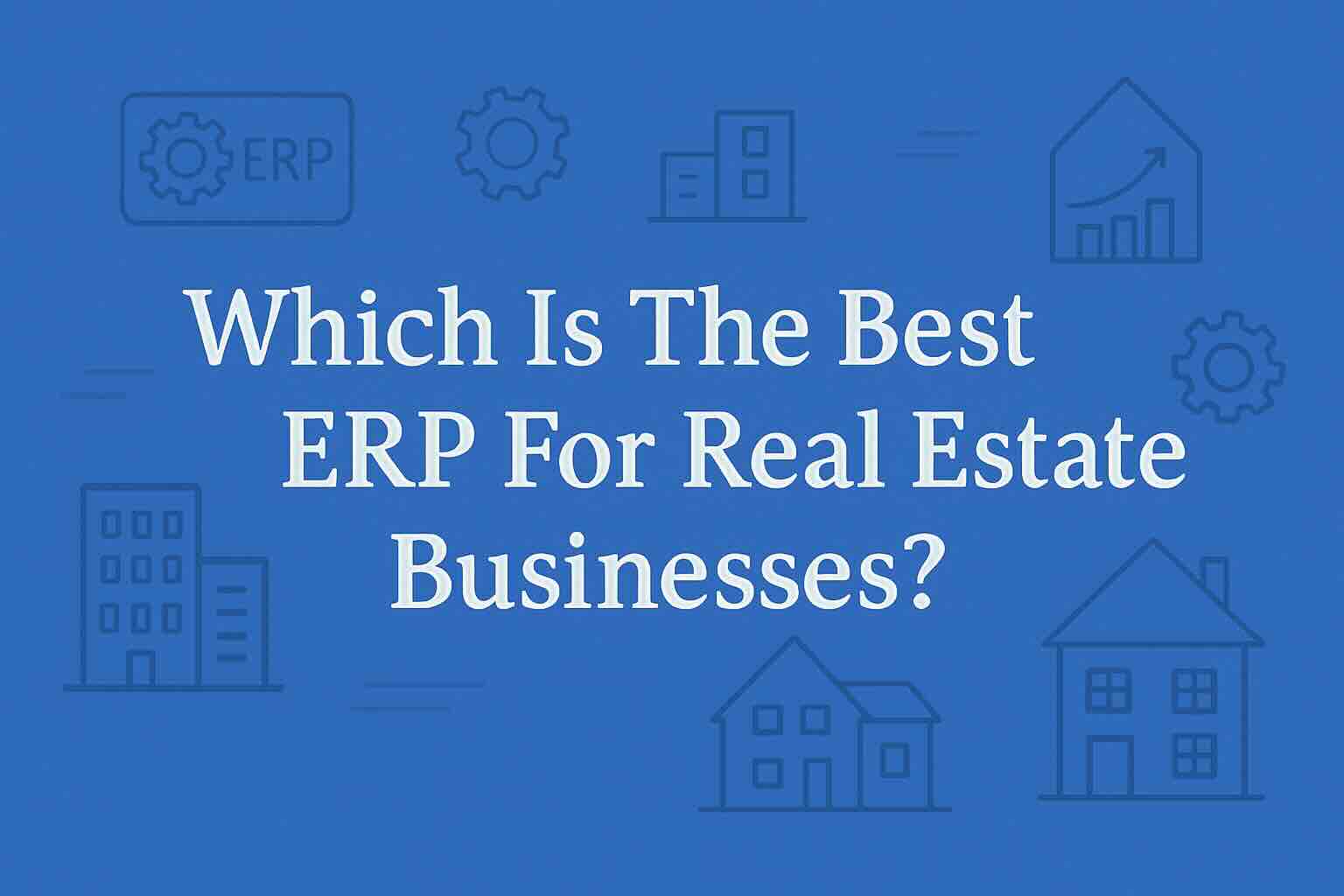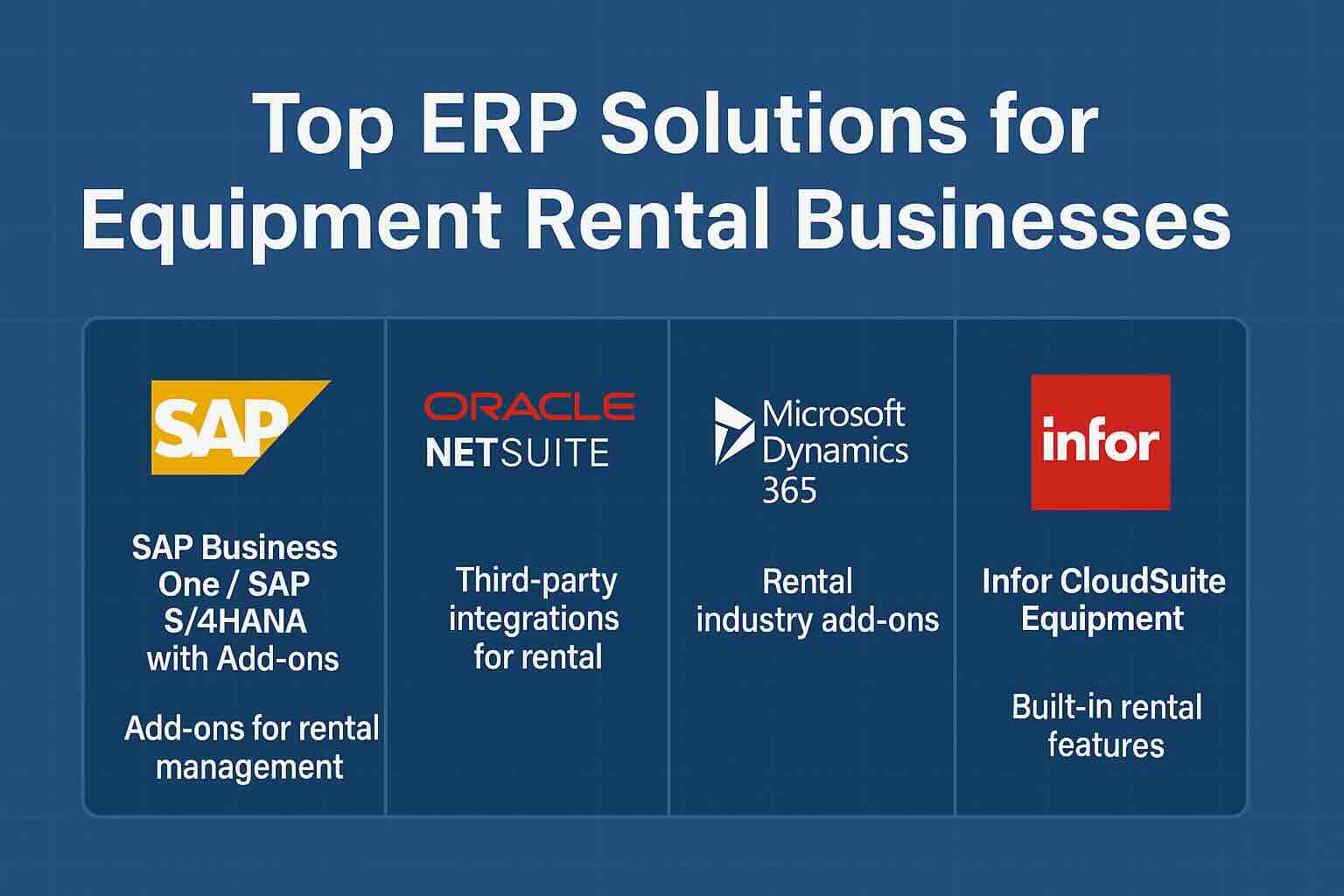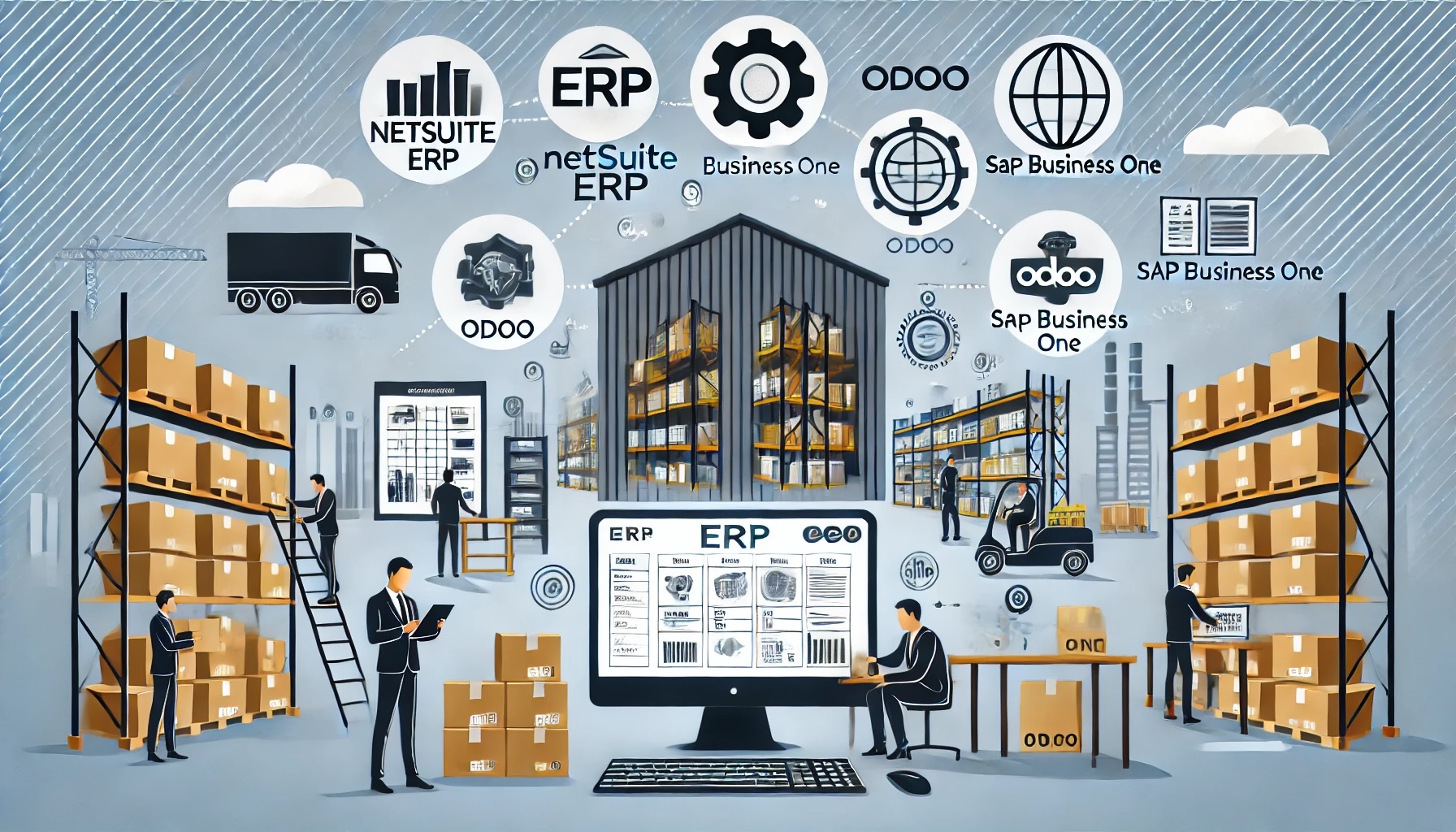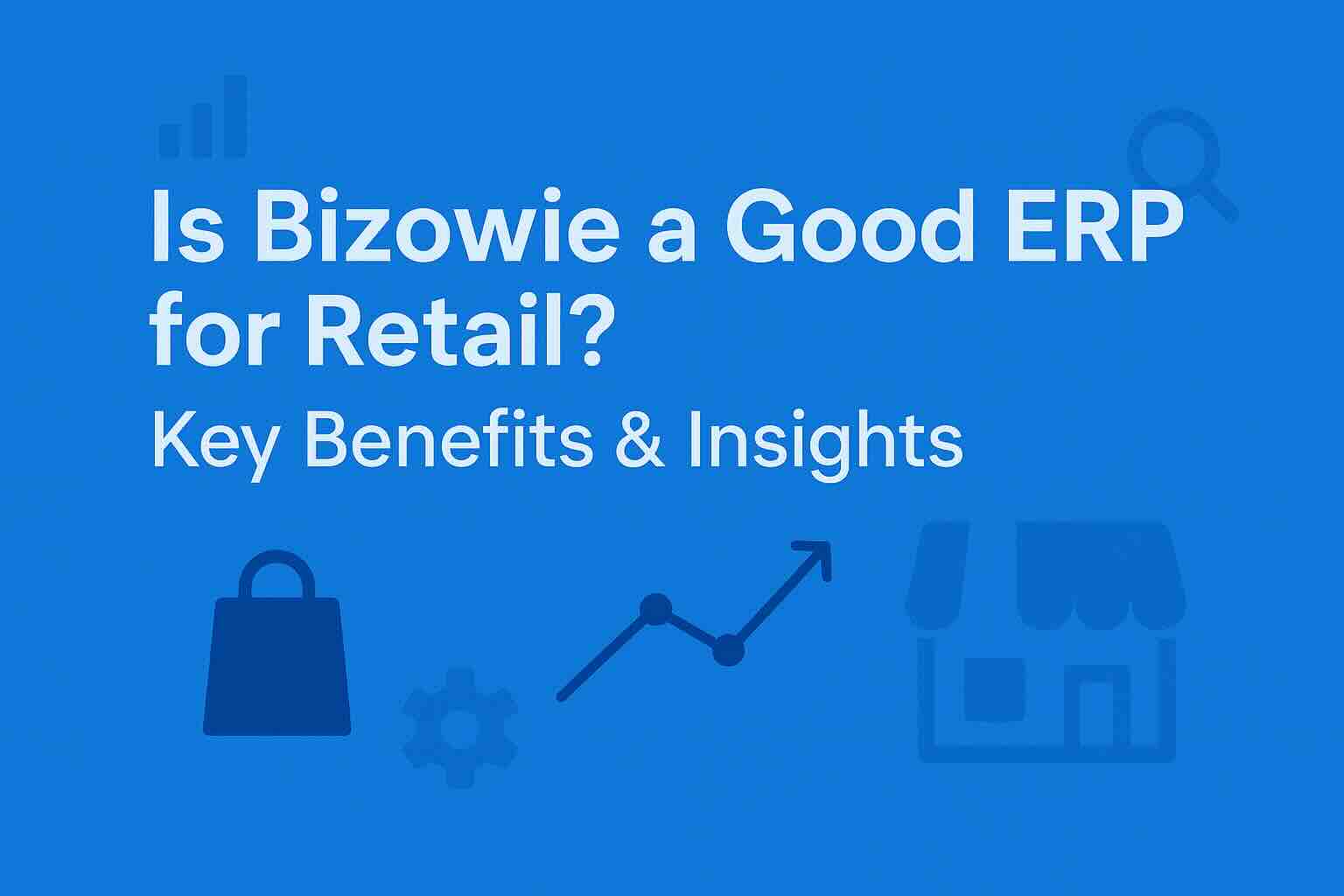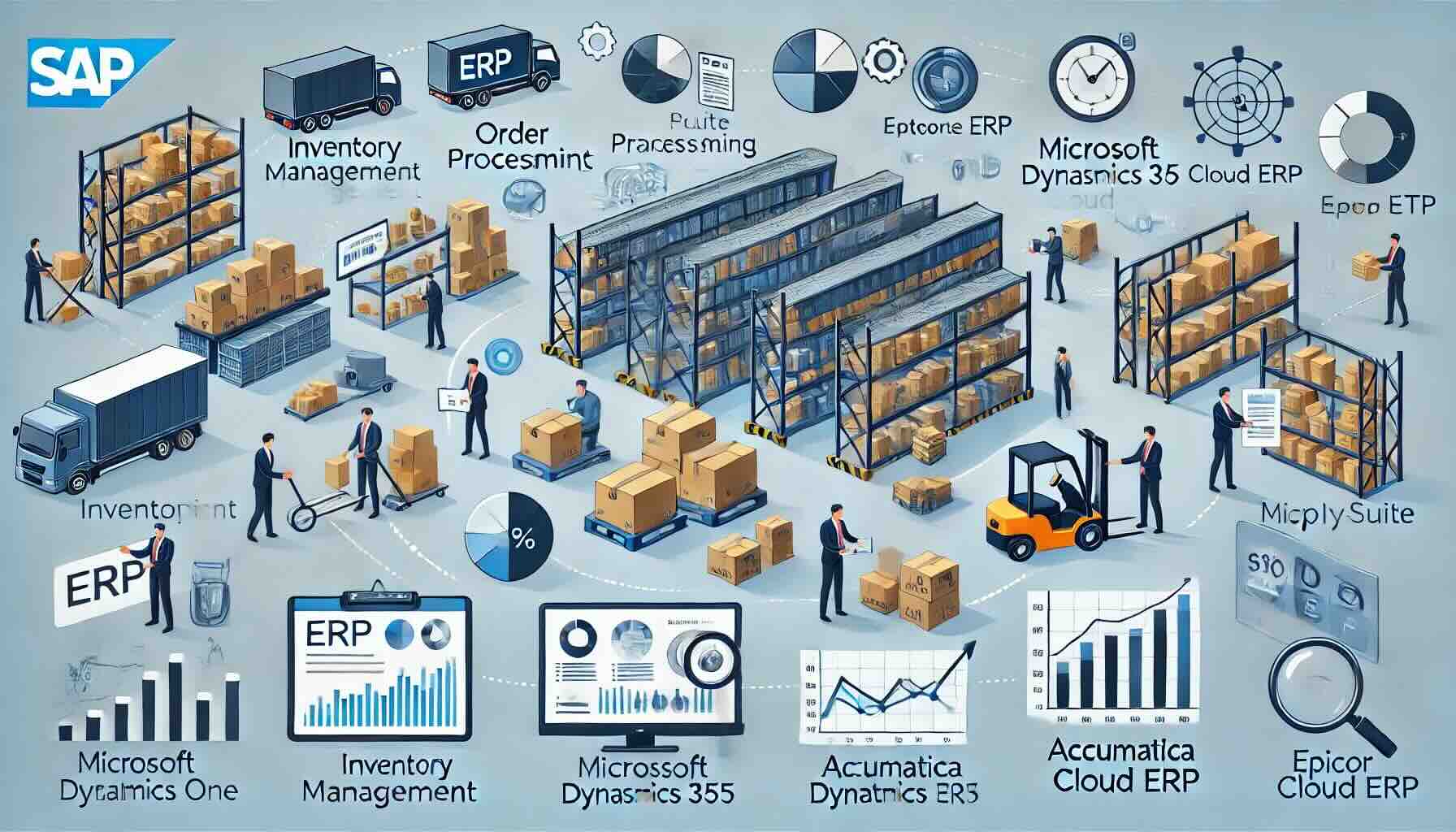Top 5 Finance Systems in North America

In today’s fast-paced digital economy, choosing the right finance system is essential for businesses to streamline operations, ensure regulatory compliance, and gain real-time insights into their financial health. Finance systems—including accounting software, ERP solutions, and other financial management tools—have seen remarkable growth in North America, driven by companies’ needs for integrated, efficient financial operations. Here’s an overview of the top five finance systems currently leading in North America based on their features, adaptability, and overall user satisfaction.
1. Oracle NetSuite
Overview
Oracle NetSuite is one of the most widely used finance systems in North America, especially among mid-sized businesses. As a comprehensive cloud-based ERP (Enterprise Resource Planning) solution, NetSuite offers a full suite of financial management tools, covering everything from accounting and billing to planning and revenue management. Its scalability and versatility make it suitable for companies across various industries.
Key Features
- Integrated Financials: NetSuite’s financial management solution seamlessly integrates with other business functions like inventory, HR, and CRM, offering a unified platform.
- Advanced Reporting and Analytics: Real-time visibility into financial performance with customizable dashboards and KPIs.
- Global Management Capabilities: Supports multi-subsidiary businesses with multi-currency, tax, and compliance needs, making it suitable for companies with international operations.
Pros and Cons
- Pros: High customization, scalable, extensive support for integrations.
- Cons: Costly for smaller businesses; a steeper learning curve for new users.
Ideal For
Businesses needing a comprehensive ERP solution with extensive financial capabilities, particularly in e-commerce, wholesale distribution, and software.
To find out more about NetSuite click this link.
2. SAP S/4HANA Finance
Overview
SAP S/4HANA Finance, part of the broader SAP ERP suite, is designed for enterprises that need advanced financial management capabilities. It leverages in-memory computing to process large data sets quickly, offering real-time insights for improved decision-making. North American companies highly regard SAP for its power in handling complex financial analysis and reporting.
Key Features
- In-Memory Computing: Built on SAP’s HANA database, enabling rapid data processing and analytics.
- Predictive Accounting: Provides forward-looking insights through predictive models, empowering users to anticipate trends and make proactive decisions.
- Robust Compliance and Regulatory Tools: Compliant with various international and domestic regulatory standards, essential for public companies and regulated industries.
Pros and Cons
- Pros: Exceptional performance on large data sets, high-end analytics, extensive customization.
- Cons: Expensive, often requires significant training and customization; ideal for larger enterprises rather than small businesses.
Ideal For
Large enterprises and multinational corporations, especially those in industries with complex regulatory requirements like finance, manufacturing, and logistics.
To find out more about SAP S/4HANA click this link.
3. Sage 50cloud
Overview
Sage 50cloud combines the power of desktop accounting software with the flexibility of cloud connectivity. It’s ideal for small to medium-sized businesses that prefer a hybrid approach to financial management. Sage 50cloud provides tools for invoicing, cash flow management, inventory tracking, and advanced reporting, making it a strong alternative for businesses looking for a more traditional yet connected solution.
Key Features
- Hybrid Cloud and Desktop Solution: Allows users to work both on the desktop and access data via the cloud, offering flexibility.
- Advanced Inventory and Job Costing: Provides robust features for tracking inventory and managing job costs, beneficial for industries like retail and construction.
- Microsoft Office 365 Integration: Offers seamless integration with Microsoft Office 365, enhancing productivity and functionality for users already in the Microsoft ecosystem.
Pros and Cons
- Pros: Reliable desktop software with cloud benefits, solid inventory tracking, strong reporting capabilities.
- Cons: More suitable for smaller and mid-sized businesses, not as feature-rich for complex financial requirements compared to larger ERP systems.
Ideal For
Small to mid-sized businesses, particularly those in retail, construction, and service industries, needing a flexible hybrid financial solution with robust inventory management.
To find out more about Sage click this link.
4. Microsoft Dynamics 365 Finance
Overview
Microsoft Dynamics 365 Finance is an advanced cloud-based finance system tailored to larger businesses and enterprises. Its deep integration within the Microsoft ecosystem makes it a powerful tool for companies already using Microsoft Office and Azure products. Dynamics 365 provides financial planning, budgeting, and compliance solutions, along with automation tools that increase efficiency.
Key Features
- Seamless Microsoft Integration: Integrates with other Microsoft products like Office 365, Power BI, and Azure for streamlined workflow and reporting.
- AI and Machine Learning Capabilities: Provides predictive insights and automation features that improve decision-making and operational efficiency.
- Compliance Management: Ensures regulatory compliance with various standards, valuable for companies in heavily regulated industries.
Pros and Cons
- Pros: Powerful analytics, seamless integration within the Microsoft ecosystem, strong support for complex financial processes.
- Cons: Higher cost, with a learning curve; best suited for larger organizations due to its complexity.
Ideal For
Mid-sized to large businesses, especially those already using Microsoft products or needing a system with powerful analytics and AI-driven insights.
To find out more about Microsoft Dynamics click this link.
5. Workday Financial Management
Overview
Workday Financial Management is known for its flexible, cloud-based approach to both financial management and human capital management (HCM). It’s particularly popular in North America among companies that prioritize employee-centric financial management tools. Workday unifies finance and HR data, offering a holistic view of organizational performance.
Key Features
- Unified Finance and HR Platform: Combines finance, HR, and planning in a single solution, improving cross-departmental visibility.
- Real-Time Analytics: Built-in reporting and analytics allow real-time visibility into financial performance.
- Adaptive Planning: Enables businesses to adjust financial plans dynamically, which is invaluable in fast-changing business environments.
Pros and Cons
- Pros: Integrates HR and finance, user-friendly, agile planning tools.
- Cons: Expensive, with a focus more on service industries; less robust for traditional manufacturing or inventory-heavy businesses.
Ideal For
Service-oriented businesses, nonprofits, and companies looking for an integrated finance and HR solution with adaptive planning capabilities.
To find out more about Workday click this link.
Conclusion
In North America, finance systems must balance ease of use, scalability, and compliance to serve various business needs. Each of these five finance systems offers unique advantages and is tailored to meet specific requirements. Oracle NetSuite and SAP S/4HANA are excellent choices for enterprises needing powerful analytics and scalability, while Sage 50cloud is a reliable option for SMBs that prefer a hybrid model with strong inventory and reporting features. Microsoft Dynamics 365 Finance is optimal for businesses within the Microsoft ecosystem, while Workday’s unified finance and HR platform make it ideal for service industries.
Selecting the right finance system depends on business size, industry, and specific financial needs. With these leading options, North American businesses are well-equipped to enhance their financial operations and remain competitive in an ever-evolving marketplace.
To compare these Finance ERP solutions and many more, you can use our new AI-powered Compare ERP tool. It’s free to use and you get a guaranteed discount on your first year’s licence fees with a referral from Compare ERP.

